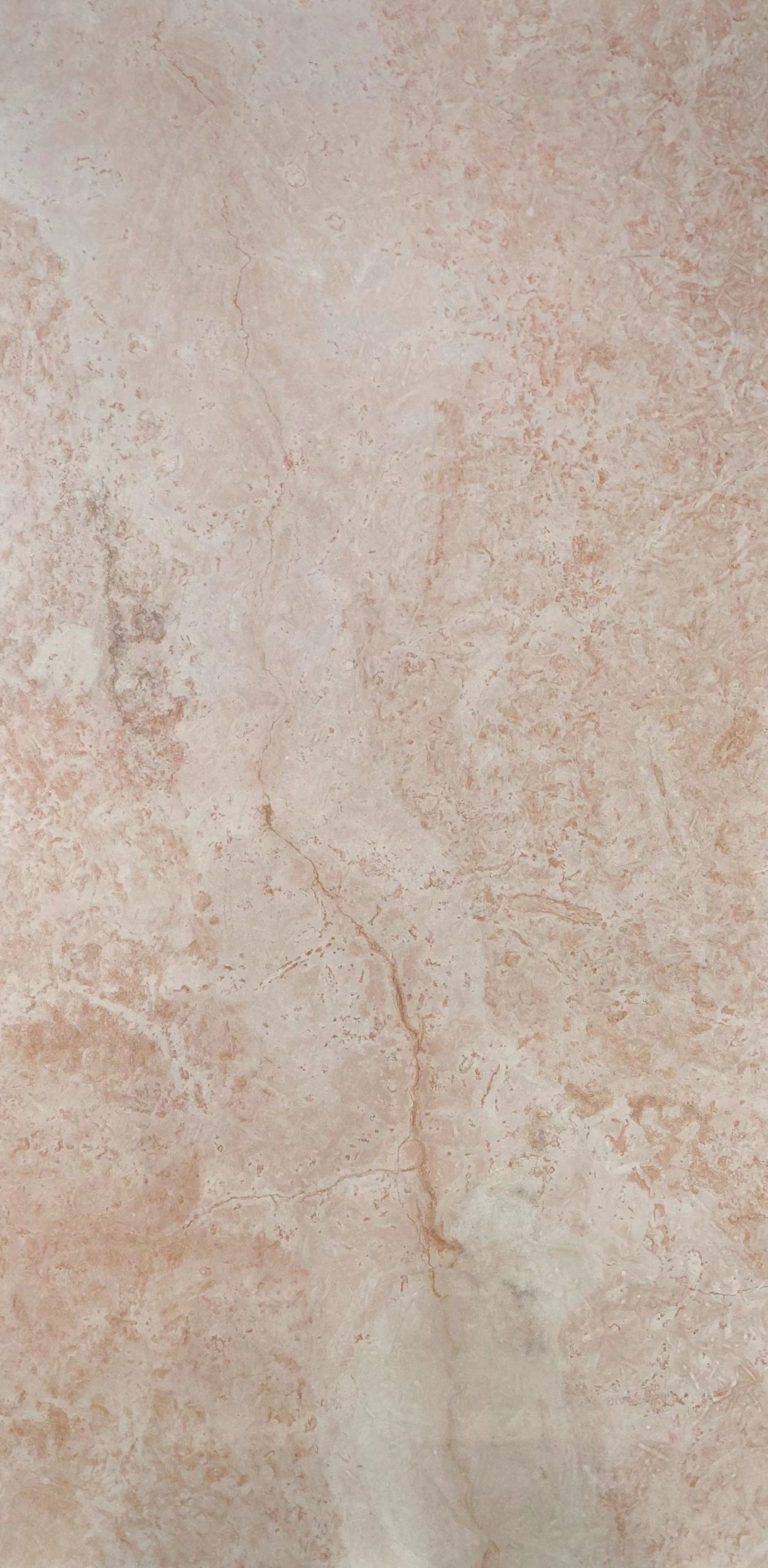Marble, renowned for its timeless beauty and elegance, has been used as a building material for centuries. But have you ever wondered how this exquisite natural stone is transformed from raw materials into polished slabs ready to adorn our homes and architectural marvels? Join us on an intriguing journey through the production process of marble in a factory, where nature’s artistry meets human ingenuity.
1. Sourcing the Raw Materials:
The first step in the marble production process begins with sourcing the raw materials. Marble is a metamorphic rock formed from limestone subjected to intense heat and pressure. Mining companies carefully select quarries containing high-quality marble deposits, ensuring color consistency, texture, and durability.
2. Extraction and Transportation:
Once suitable quarry sites are identified, extraction methods such as diamond wire cutting or drilling and blasting are employed to remove large blocks of marble from the earth. These blocks can weigh several tons and require specialized equipment for their safe removal. After extraction, the blocks are transported to the processing facility using heavy machinery and trucks.
3. Block Cutting and Slabbing:
At the factory, massive marble blocks undergo a meticulous process of cutting and slabbing. Advanced machinery with diamond-studded blades slices the blocks into manageable slabs of predetermined thickness. This step requires precision to maximize the yield and minimize waste.
4. Surface Finishing:
The surface finish of marble plays a crucial role in enhancing its aesthetic appeal. Various techniques are employed to achieve different finishes, including polishing, honing, brushing, and flaming. Polishing brings out the marble’s inherent luster and creates a mirror-like shine, while honing provides a matte or satin sheen. Brushing accentuates the stone’s natural texture, and flaming adds a unique rough texture by subjecting the surface to high temperatures.
5. Quality Inspection:
Quality control is an integral part of the marble production process. Skilled technicians meticulously examine each slab, assessing factors such as color consistency, veining patterns, cracks, and structural integrity. Any imperfections or defects are identified and addressed, ensuring only the finest slabs move forward in the production line.
6. Packaging and Transportation:
Once the slabs pass rigorous quality checks, they are carefully packaged to protect them during transportation. Specialized packaging materials and techniques are employed to prevent damage and ensure safe delivery to customers around the world. The slabs are then loaded onto trucks or shipped in containers, ready to embark on their journey to architectural projects or homes.
7. Application and Installation:
Marble slabs find their ultimate purpose as they are installed in various applications, ranging from kitchen countertops and bathroom vanities to grand flooring in commercial buildings and sculptures in public spaces. Skilled craftsmen utilize their expertise to cut, shape, and install the marble with precision, creating stunning works of art that blend elegance and functionality.
Conclusion:
The journey of marble from quarry to factory is a remarkable fusion of nature’s beauty and human craftsmanship. Through careful extraction, cutting, finishing, and inspection processes, raw marble blocks are transformed into exquisite slabs that grace our living spaces and architectural wonders. Understanding the fascinating journey behind marble production allows us to appreciate the intricate process and the dedication required to bring this timeless material to life. JESTORI Natural Stone Supplier is a leading provider in the industry with its very own marble quarry, specializing in the production of exceptional-quality marble. Share your ideas with us to get your special marble stone products.





